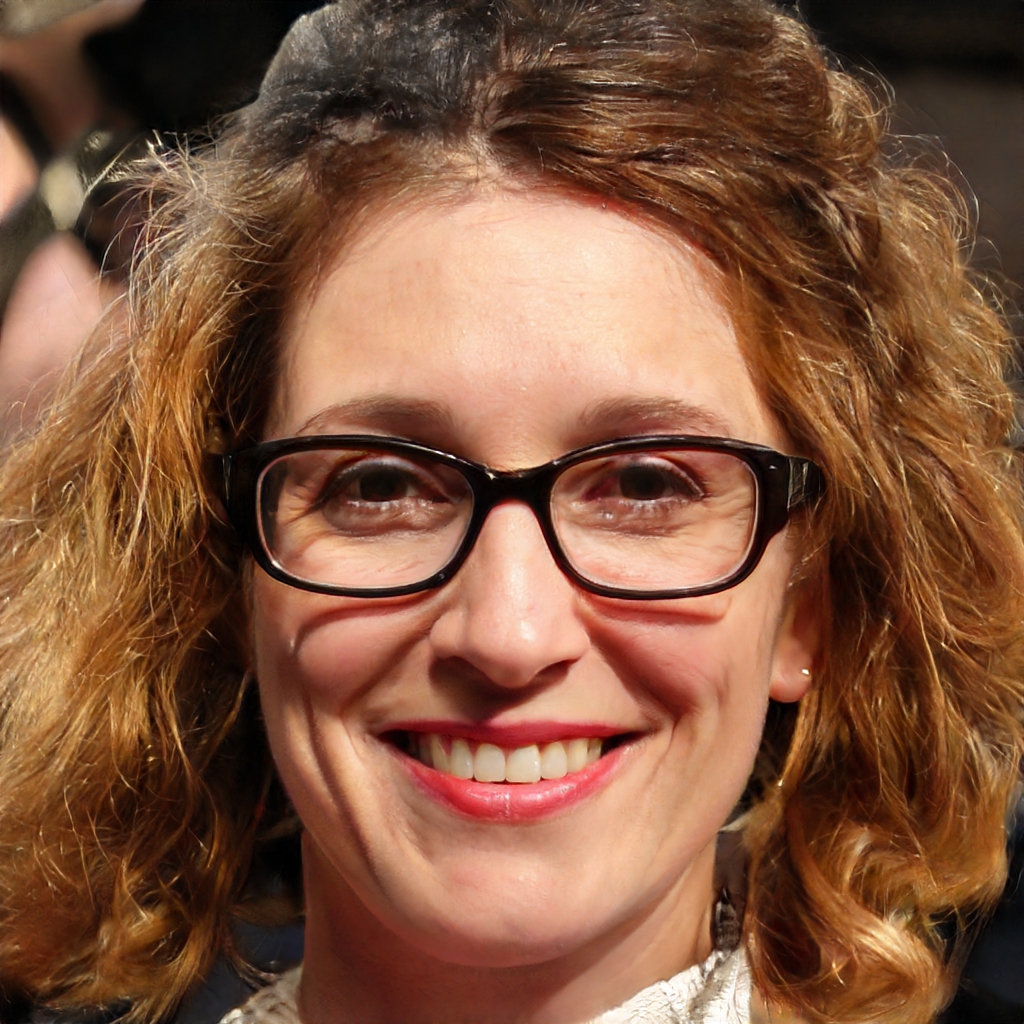Cupertino isn't ruling out the possibility of having to remove an iPad from next year's range: a design is in serious trouble
Apple, eventually, may be forced to remove an iPad from next year's list. Nothing is certain yet, let's be clear, but reports coming out of Asia point precisely in this direction, that is, that the 2022 range could be orphaned of an iPad or have a model that doesn't conform to expectations.
Apple in fact, according to what rumors had reported, was planning to bring to debut an iPad with 10.86-inch display with OLED technology, and the project would have to be made with the technological support of Samsung. Despite the fact that the two companies are bitter enemies in the market, the relationships are very different in the industry. Apple always wants to offer its customers the best products, which need the best components to be such. In the field of display, there is no better manufacturer than Samsung: Apple knows it, and for the 10.86" OLED display of iPad had turned to the men of Seoul.
Apple: "Samsung OLEDs unsatisfactory quality"
The agreement between the two giants of technology, however, say from Korea, would be blown, and Apple, left orphan of a bigwig like Samsung, could decide to cancel the project of the iPad 10.86 "with OLED display. In reality, Apple has two other options to try before resorting to the most extreme solution of all, but it will be necessary to understand if one of the two roads will be viable in light of the high quality standards required by Apple.
The facts, according to what we learned from thelec.net, say that in Cupertino would not be satisfied with the OLED screens proposed by Samsung, whose quality would be judged unsatisfactory. The reason is the structure of the Seoul OLEDs, which Apple knows well since Samsung is the main supplier of the OLED screens of the recent iPhone 13 range.
At Cupertino they complain about the "single stack" structure, in other words with only one layer of LEDs: it would affect the maximum brightness and offer guarantees in terms of "physical" wear and tear and therefore duration over the years lower than Apple considers acceptable. iPhones, according to Apple, are changed more frequently than iPads, so the limits of Samsung single-stack OLEDs would be more acceptable.
Two ways to try to "save" the iPad
Inads, on the other hand, are kept longer on average, so Apple does not accept solutions - such as single-layer OLEDs - that would run the risk of displeasing its customers. The solution would be to adopt dual-layer (or dual-stack) OLEDs, which offer up to twice the brightness and up to four times the lifespan.
However Samsung didn't see the benefit of investing in this technology for Apple, not believing that the investment would be repaid over the years. So, according to the information gathered by colleagues, the agreement would be blown, and Apple would be in the position of having to consider cancelling the project, if LG or BOE did not give sufficient guarantees in terms of quality and reliability of the displays.
